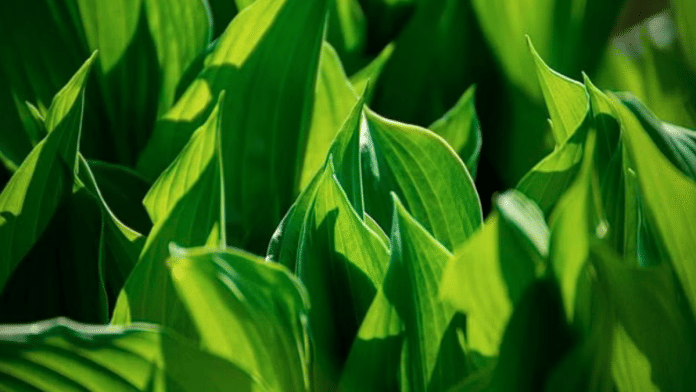Bengaluru: Researchers from Indian Institute of Science (IISc) have found how plants store energy by understanding the behaviour of electrons inside them, a study that can help design efficient fuel cells and other systems that mimic photosynthesis.
The collaborative work with the California Institute of Technology (Caltech) was published in Proceedings of the National Academy of Sciences in early June.
“Our research presents a significant step forward in understanding natural photosynthesis,” said Prabal K.Maiti, professor at the Department of Physics and one of the corresponding authors of the work said, in the IISc press release Wednesday.
Photosynthesis involves a series of chain reactions in which electrons are transferred across multiple pigment molecules. Despite being well-studied, it is not fully understood for several reasons—the components involved are too many and too complex, energy transfer happens at ultrafast speeds, and different organisms carry it out slightly differently, the release added.
The study double clicked how electrons move in the two branches of part of photosynthesis. Scientists knew that the first branch is more active in the photosynthesis process. Now, this particular study builds on the knowledge by understanding the exact energy barriers between the two branches involved in photosynthesis.
Using quantum mechanics, the researchers found that while both branches start the energy transfer in a similar way, the second branch trails behind the first. The lag is because of the extra resistance in the second branch. Thus, the study explains why electrons are uneven in photosynthesis.
The researchers identified tiny differences in the protein structure and energy levels in both the branches. These differences in the protein surroundings in both the branches is the reason for the uneven energy transfer. Pigments arrangements can also be the reason for the imbalance, according to the study.
The study found that the chlorophyll in the first branch is in a lower energy state, i.e., slightly stable. The stability in the first branch makes it better at grabbing and passing electrons as opposed to the second branch.
“These findings may help design efficient artificial photosynthetic systems capable of converting solar energy into chemical fuels, contributing to innovative and sustainable renewable energy solutions,” Maiti added in the press release.
Scientists now think a tweak to the pigments in the second branch can improve the way plants store energy. For example, swapping the position of chlorophyll and pheophytin—a chemical compound similar to chlorophyll to transfer electrons—in the second branch will help the photosynthesis as the chlorophyll needs less energy to transfer electrons.
Photosynthesis is a vital process in the Earth as it produces oxygen, absorbs carbon dioxide. The food we eat, the fuels, are a derivative of photosynthesis. More peek into how photosynthesis works could even improve farming, clean energy and technology while balancing the climate harm.
Unlocking secrets of photosynthesis can also help to better understand some cancers as well. The sunlight usually carries energy that can harm living tissues. But over years plants have evolved natural defenses against the harm. For example, chlorophyll like compounds can target cells as the chemicals when exposed to light might destroy tumour cells while sparing healthy tissue. These compounds can also act as dyes, clearly marking boundaries for precise diagnosis.
By mimicking nature’s light protection strategies, there can be medical breakthroughs by tweaking the risks of the sunlight to healing tools. “The study can help design efficient artificial leaves, fuel cells, and other systems that mimic photosynthesis,” the IISc said in the press release.
(Edited by Tony Rai)
Also Read: Sotheby’s poised for red hot bidding battle as largest Martian meteorite goes up for auction in NY






